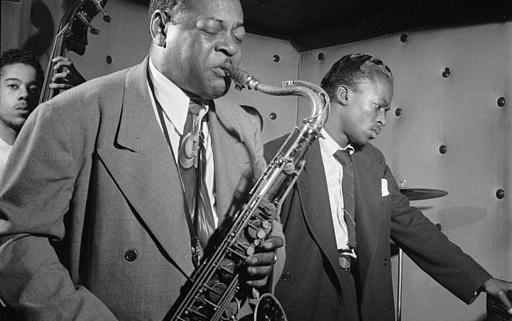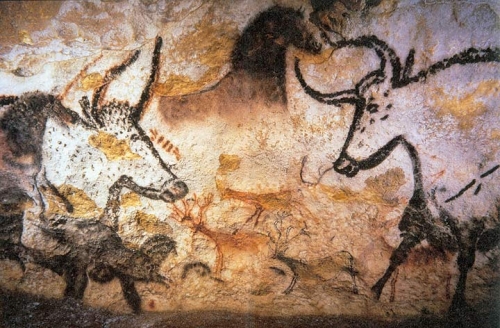Why Storytelling is Important for Your Jazz Improvisation
Many of the greatest jazz musicians were storytellers. When they played their instrument, they had something to say. Why is storytelling important for your jazz improvisation?
In this article I will take a closer look at storytelling and what it can do for you!
A history of Storytelling
Storytelling is something we do all the time. We humans all love a great story. Stories have the power to inspire us, to move us and to emotionally connect us with each other.
It is also one of the oldest communication forms. Even older than writing and language. Stories can be found back on rock carvings and wall paintings from ancient civilizations all around the world, like the Mayas and the Egyptians. Also famous are the cave paintings from Lascaux. They give us a detailed visual representation of how the people in their time saw and understood the world around them.
This later changed to oral traditions of telling stories from generation to generation. These traditions could be in many forms such as a special language, chant or even poetry. A good example of these traditions are the myths passed on by the Native American cultures. Eventually these myths were written down and published.
In the world we live today stories are everywhere around us. Thanks to technology such as the printing press, the camera, the computer and the internet, stories have become a true experience. People can share their own stories via social media; something that is very popular these days. Stories have become more accessible then ever before.
Storytelling in Music
Telling a story through music is in fact no different. Music connects people in many ways and has the ability to convey emotions. The way you tell a story in music can really have an impact on the listener.
This is what the great jazzpianist Mulgrew Miller once said in an interview:
”I play music because music is my passion. If one’s honest, one plays what one is. I have a desire to tell a story and impart beauty to the listener.”
– Mulgrew Miller
The great saxophonist Lester Young told his young students that every good jazz solist must tell a story. He also pointed out the importance of knowing the lyrics when playing a ballad with feeling. He is famous for saying:
”You’re technically hip… But what is your story?”
– Lester Young
It becomes clear that storytelling in music is not so much about what you say, but how you say it. A way of playing that resonates with the heart and soul of the listener.
The structure of your story
Another important aspect is the structure of your story.
Most stories follow a general pattern where the story is divided into three parts. It is almost like playing a game of chess. It starts with an opening, then the middlegame and finally the endgame.
Let’s take a more detailed look how the structure of your story should work out in practice:
- The Beginning: It is usually good to start with a strong opening statement. This is usually the first idea that comes to your mind, which can be a melodie or rhythm. It is always good to start with confidence and focus as this right away build up engagement with your band and audience. Starting with the right mindset is crucial for a succesful solo. I remember that the well-known bassist John Clayton once said in a masterclass I visited that when you don’t have any ideas to start your solo, you can always use some ideas from the solist who was playing before you.
- The Middle: Now you are going to develop the first idea further and go to different places. You can try to vary your solo rhythmically and harmonically. Taking risks is a good thing and always playing in the moment and being aware of your surroundings. The story continues to reach a climax where there is a lot of energy involved in the form of more volume and higher notes.
- The End: At this moment the solo is going to end and the tension quickly falls. The volume goes down. Perhaps you can give a surprising twist to your solo in the end or repeat some ideas of the opening statement.
This is of course just a general guideline as there are many ways to structure your jazz improvisation.
Coleman Hawkins’ Body and Soul
A famous example of this is the Coleman Hawkins saxophone solo from his 1939 Body and Soul recording. This ballad has an AABA structure (each section lasting 8 bars) and Coleman plays the form twice. Note that he only plays the theme for 8 bars and then starts improvising around the theme.
You can listen to the recording here:
This way of soloing was revolutionary for this time. Hawkins really tells a story that speaks to the listener.
What are the next steps?
Remember, you should take everything step by step. Sometimes you will play a very nice solo and the other time it will be worse. This is all normal and an important part of the learning process.
Besides storytelling, there are more ways to improve your jazz improvisation. See my article: 5 Ways to Improve Your Jazz Improvisation
Hopefully, after reading this article, you will have enough information to start creating some great stories yourself!





Leave a Reply
Want to join the discussion?Feel free to contribute!